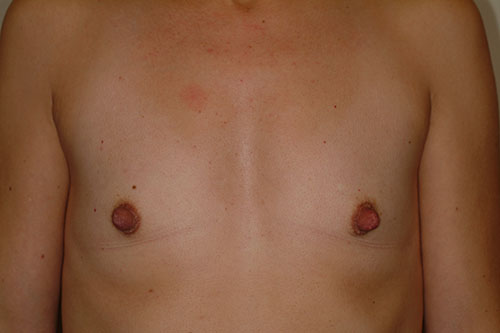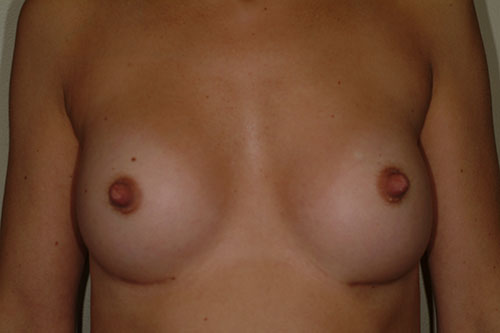Breast Augmentation Conveniently Located to Serve Kirkland and Bellevue
Board-certified plastic surgeon Dr. Brad Remington specializes in breast augmentation surgery in Kirkland, WA. He has helped numerous women who are unhappy with the size of their breasts reach their body goals by providing them with beautiful and natural-looking results from their breast augmentation.


View Breast Augmentation Gallery
Is Breast Augmentation Right for Me?
Enhancement of the breasts should be done judiciously to make a truly beautiful breast. Augmentation is usually done for patients who never had full breasts or who have experienced a loss of the volume of their breasts with aging, pregnancy, or breastfeeding. Ideal patients should be in good physical health and have realistic expectations.
Asymmetry and congenital deformities of the breasts can also be corrected with implants. Three types of implants are available: saline, gel, or cohesive gel. Dr. Remington spends a great deal of time educating patients in their consultations about the advantages and disadvantages of each type of implant, as well as discussing incisional approaches and placement above (subglandular) or below (subpectoral) the chest muscle.
In some cases, breast augmentation can be combined with a breast lift. This is done to combat sagging and ensure the final results of your breast augmentation look as good as possible.
Learn more about Breast Augmentation.
The Breast Augmentation Expertise of Dr. Remington
Dr. Remington has been involved as a principal investigator in saline, gel, and cohesive studies for the FDA since 1993. He is one of the few plastic surgeons in the Northwest to be able to offer cohesive gel implants to patients. There are advantages and disadvantages of each type of implant and one type of implant may be best suited to each patient.
The Breast Augmentation Procedure
Breast augmentation is usually performed under a general anesthetic and takes about 1.5-2 hours. It’s an outpatient procedure, meaning you can return home soon after it is completed. The incision location, type of implant used, and implant size will all be discussed during your initial consultation with Dr. Remington.
Breast Augmentation Recovery
Recovery is about two weeks and a support or sports bra is helpful to wear for that time for comfort. One may shower/shampoo in 24-48 hours. Absorbable sutures are used, therefore there are no stitches to be removed.
Returning to vigorous physical activities, the gym, etc. usually can be done at two to three weeks. Most patients take about a week off work, although some return sooner. The final result often takes about four months for the tissue to relax and adjust to the implant.
How Much Does Breast Augmentation Cost?
Breast augmentation is a cosmetic procedure that is customized from the ground up to accommodate the needs of each individual patient. The cost of the procedure depends on the type of implants, their size, and the overall complexity of the procedure. Dr. Remington will develop your personalized treatment plan and discuss the cost of the breast augmentation surgery during your consultation.
Schedule a Consultation
Dr. Remington is a highly skilled, board-certified plastic surgeon who is dedicated to providing his patients with the utmost care and compassion. If you are unhappy with the appearance of your breasts and would like to enhance their size, shape, and overall appearance, contact Remington Plastic Surgery in Kirkland, WA today to schedule a consultation for your breast augmentation.
